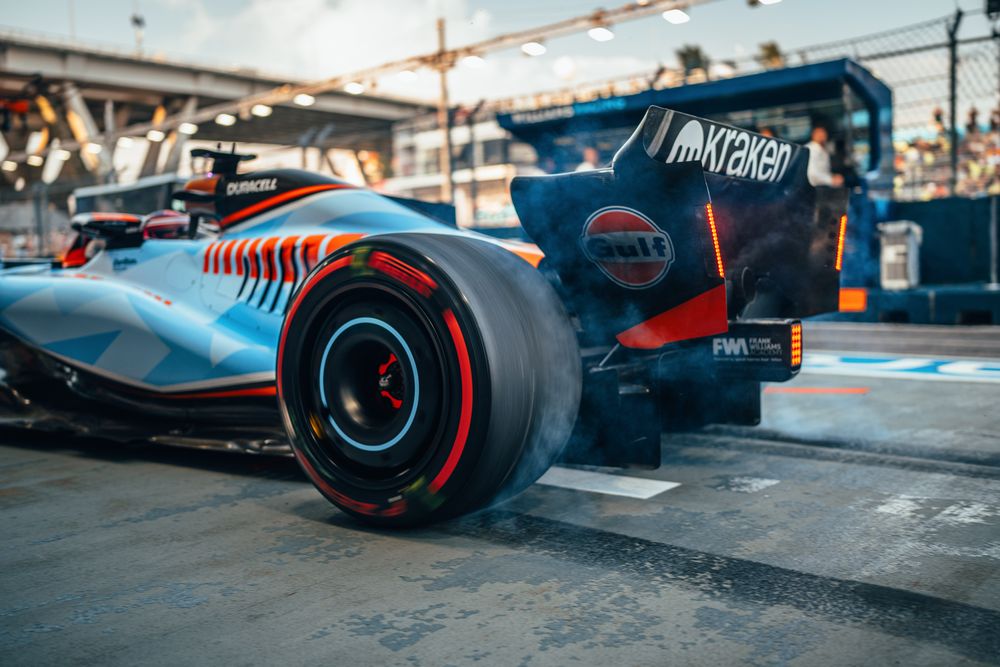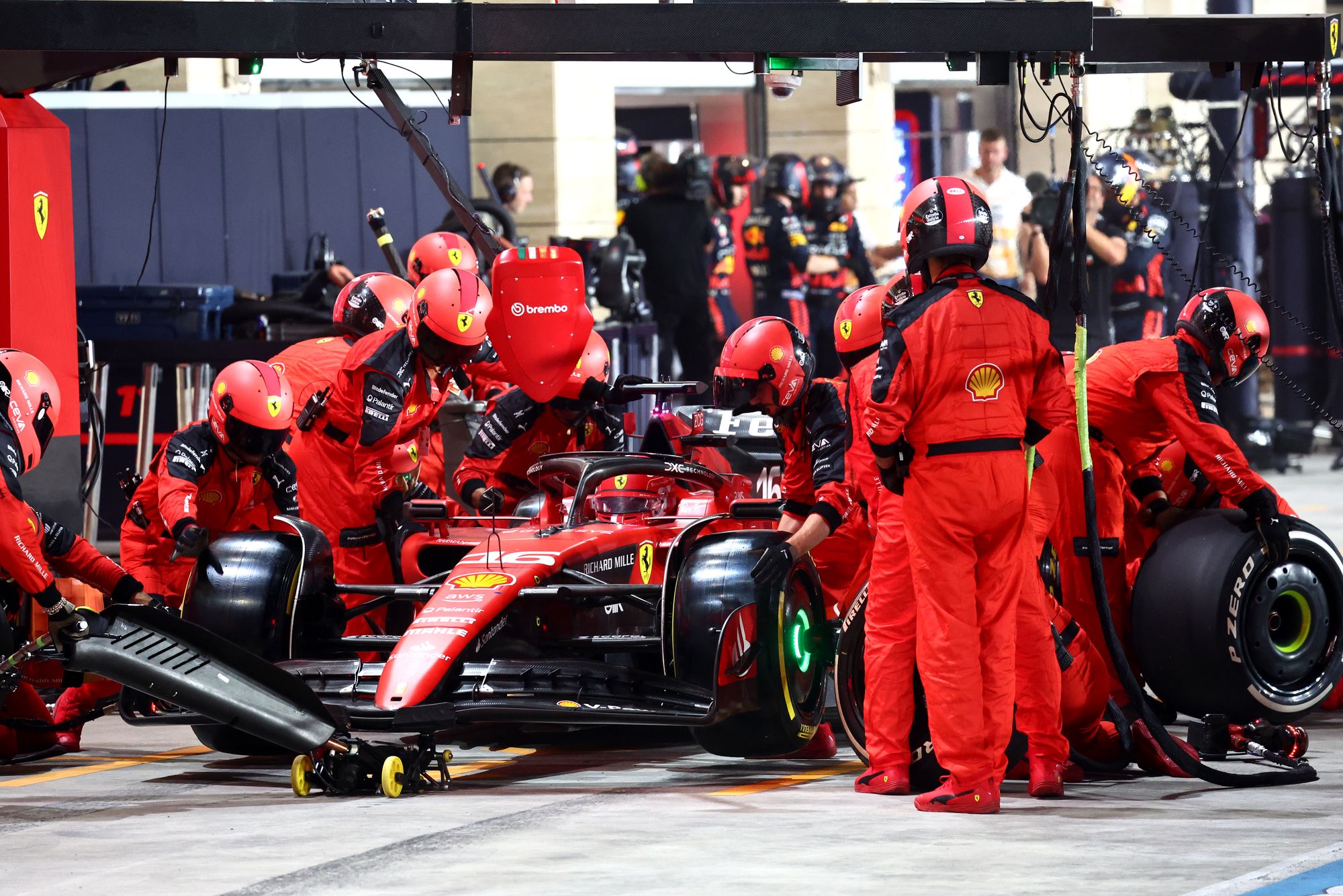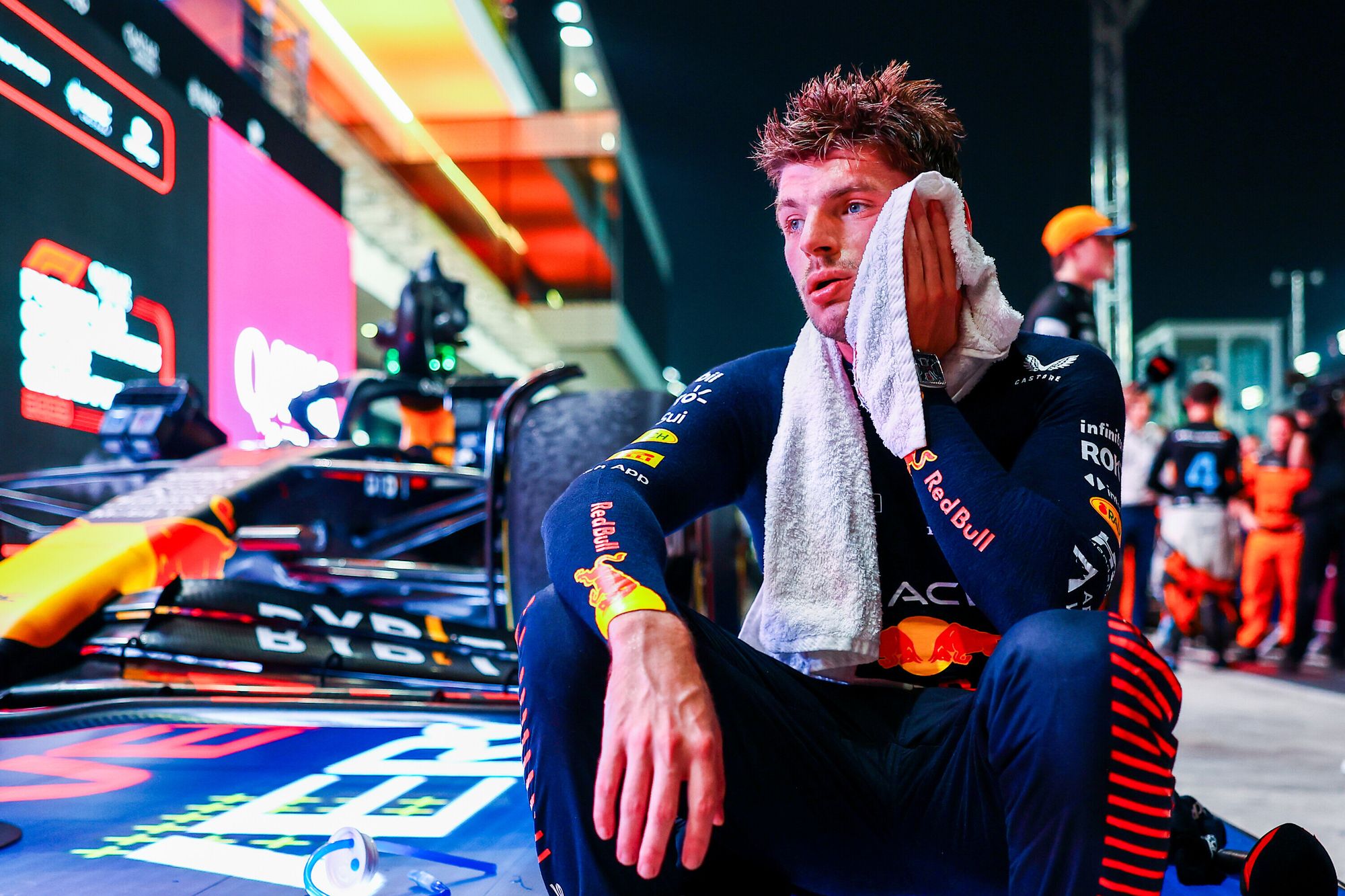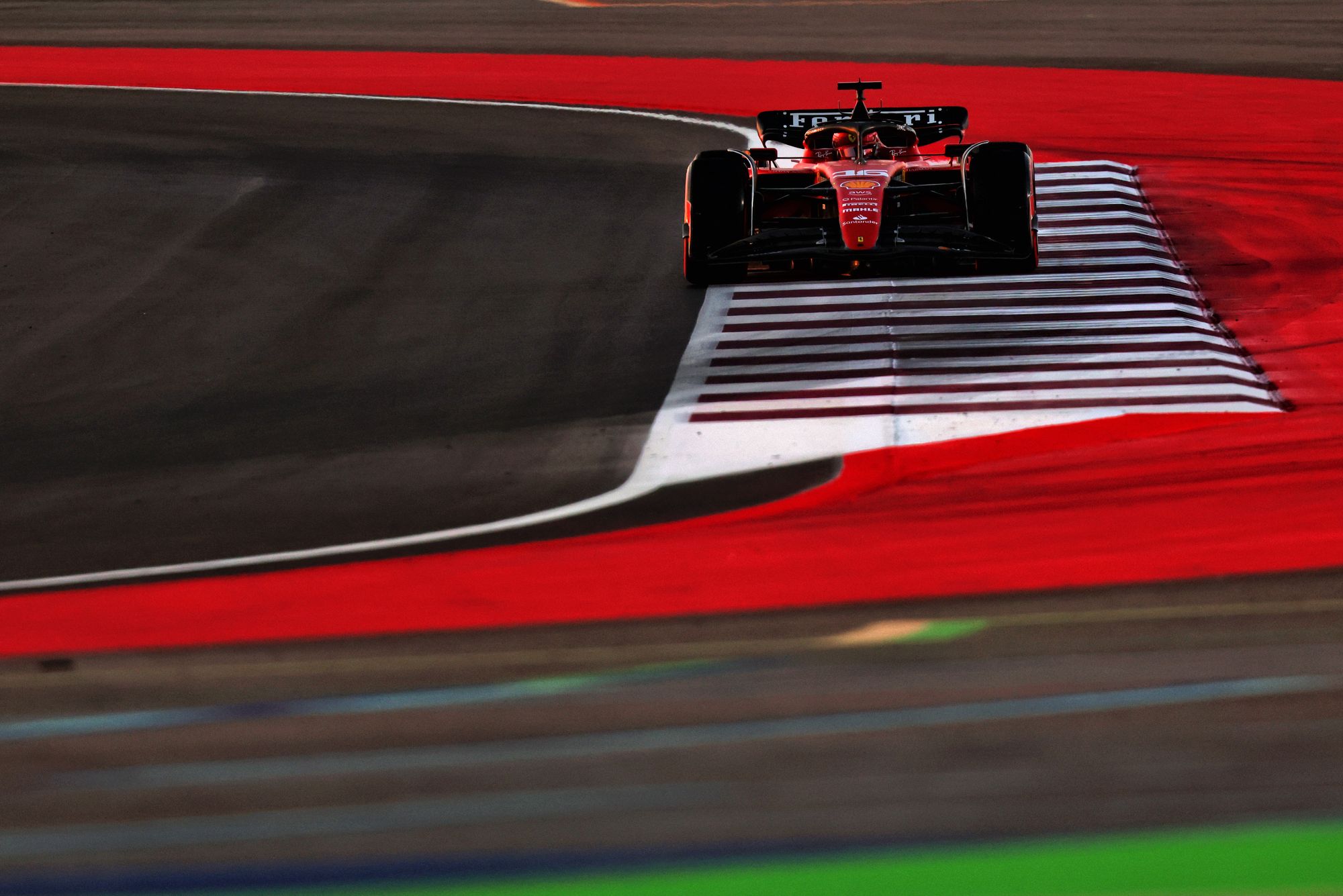Up Next

The recent announcement that Pirelli will continue as Formula 1’s tyre supplier until 2027, with an option on 2028, was met by groans in some quarters. Certainly, when The Race posted about it in our YouTube community, there was no shortage of negative comments.
But is such criticism fair?
Tyres cannot fail to be a topic of significant discussion in any motorsport category given they connect the car to the ground. The need to extract the most from them is an unavoidably critical part of the competitive equation.
Being the exclusive tyre supplier for a whole championship is therefore fraught with danger. Automatically, you are in the line of fire as a key performance component that is effectively neutral, so any criticism of it is partially laying the blame for underperformance outside the realm of the team or driver.
In Pirelli’s case, it must cover a whole season of racing on up to 24 different circuits with a single slick-tyre construction across five compounds (this year there is also a C0 compound, last year’s C1, available). These must work on 10 different cars, all of which are constantly evolving and getting faster, across a wide range of conditions.
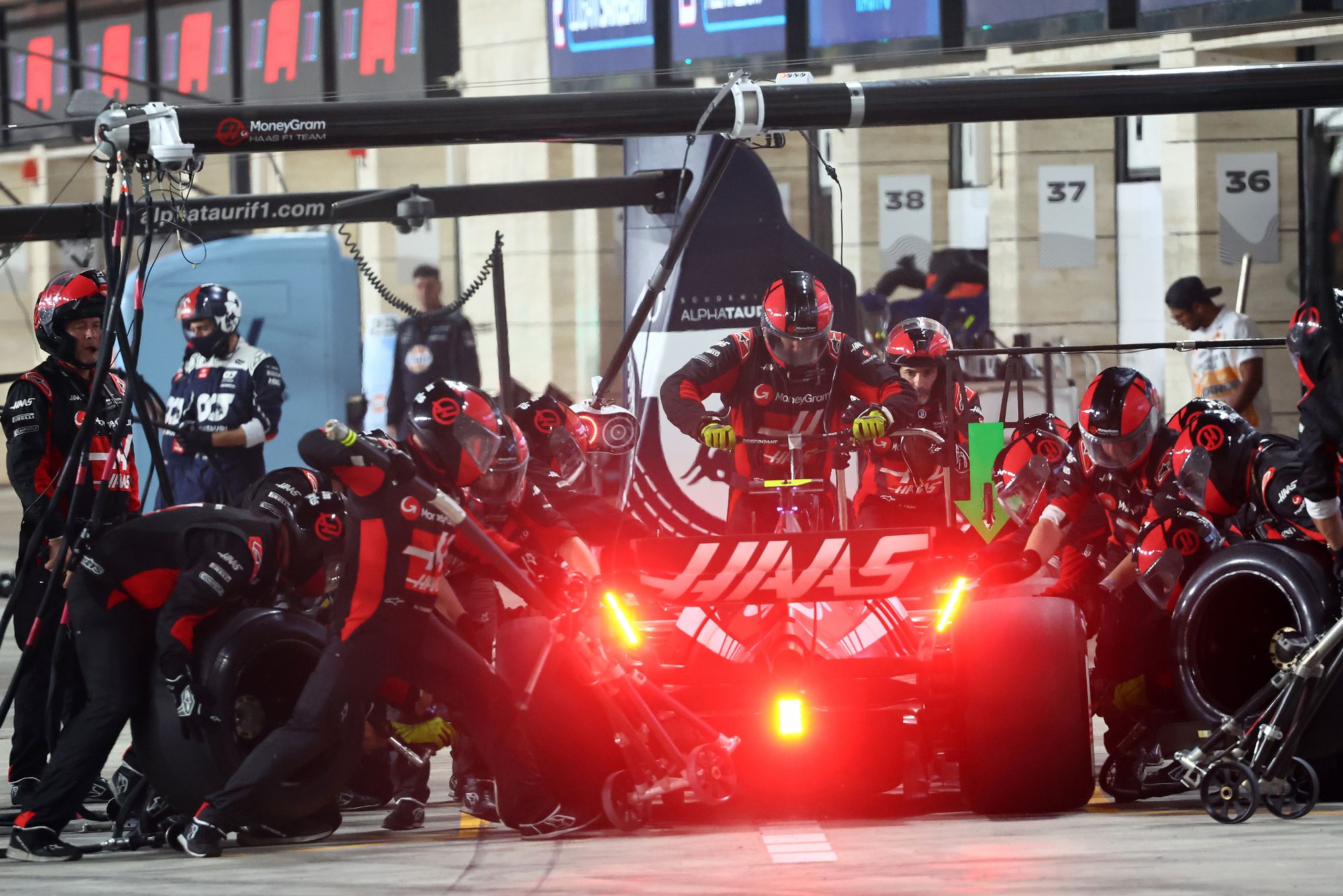
To add to the challenge, there’s also the infamous ‘target letter’ given to Pirelli for the characteristics required. Most importantly in this is the requirement to produce tyres that have a performance drop-off to create strategic variety and exciting racing. It's to Pirelli's credit that it's always happy to work with F1 to try to deliver what is required even if it could potentially make its tyres look worse.
First of all, it is problematic F1 has come to treat the tyres almost as a panacea for its racing troubles. Pirelli has been tasked with creating strategically interesting racing within what is a limited toolkit of tyre options. If there isn’t enough degradation, everyone complains, if there’s no drop-off, everyone complains, and if the characteristics aren’t exactly as required, the drivers complain.
That’s not to say the Pirellis are perfect. One of the fascinating things about the possibility of Bridgestone getting the deal was being able to test whether a different manufacturer really could produce better tyres. Until it, or another company, gets the supply deal it’s entirely a matter of conjecture.
Even glancing at the spell from 2007-10 when Bridgestone was F1’s sole tyre supplier is limited as a comparison. Its technology then was rooted in the tyre-war era, meaning that Pirelli is the only supplier to have produced a true, ground-up control product for F1.
The key question is whether another supplier could dictate the stint lengths with more of a wear-based performance drop-off. That’s something Pirelli struggled to achieve, as the prodigious marbles of 2011 demonstrated, with thermal degradation the preferred mechanism.
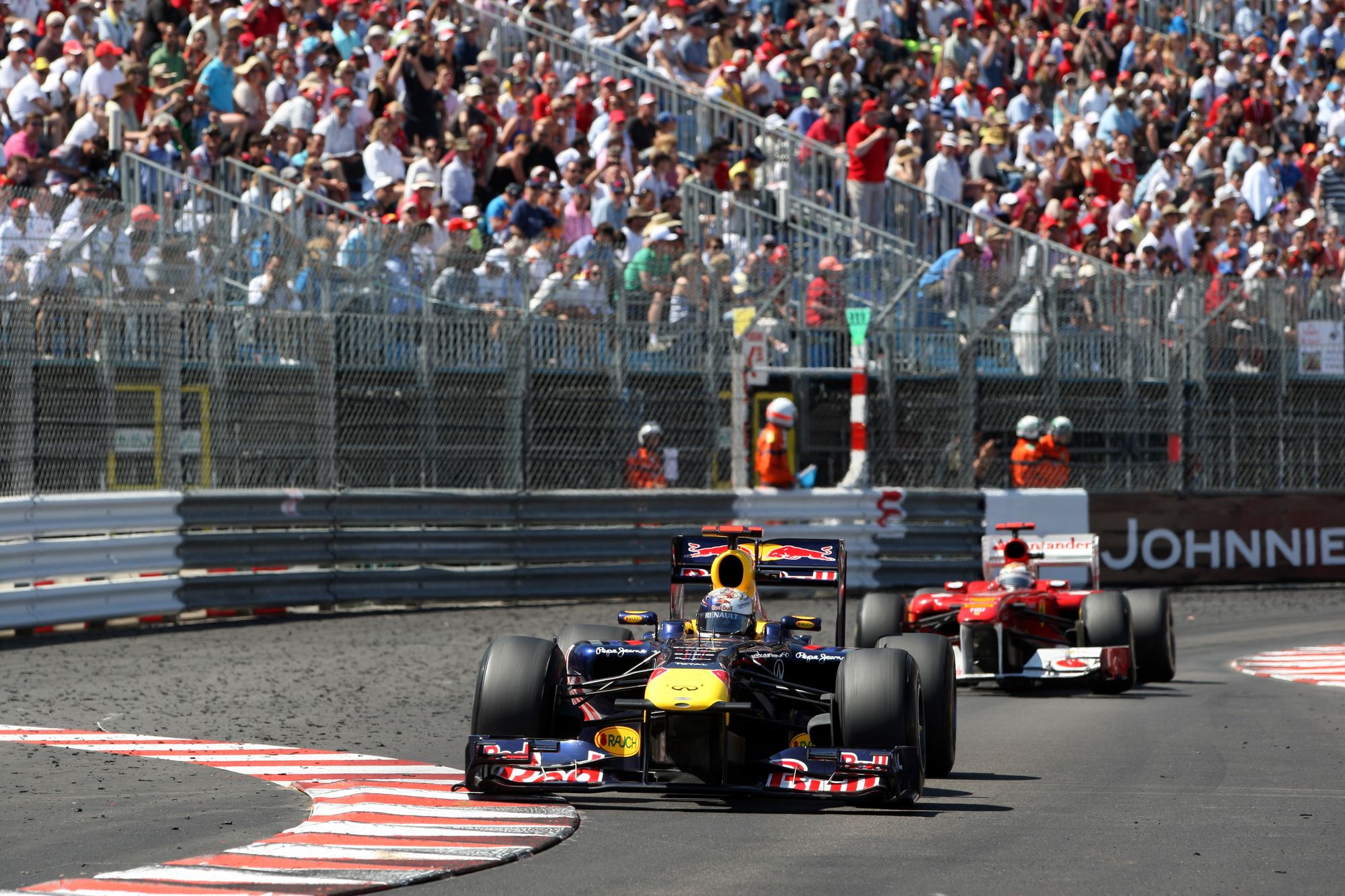
That’s led to times when the management of the tyres has been too extreme and the dream of rubber that can be pushed hard on while dropping off in terms of performance in a way that creates strategic intrigue remains elusive.
It's also important to remember how much F1 has changed in the Pirelli era. In 2023, the minimum weight of the car is 798kg, whereas in Bridgestone's last year it was 620kg - a 28.7% increase. On top of that, the regulations have changed and led to cars with significantly more aerodynamic load, so the stresses on the tyres are higher. So the question of what Bridgestone would produce in those circumstances is impossible to answer, even if the suspicion is it might be capable of better.
In addition, testing is a perennial problem. It’s also played a part in Bridgestone’s bid failing given it’s understood the financial package it offered was more valuable than Pirelli’s. And testing was critical given Bridgestone would have had to produce a tyre for 2025, and a very different one, potentially on slightly smaller wheelrims, for the new rules in 2026.
The testing difficulties have long been a problem for Pirelli. When it first came into F1, it used a 2008 Toyota TF108 for its test programme, and later Lotus (now Renault) machinery before switching to the current system of days shared around the existing teams. It remains a far cry from the tyre-war days of constant testing.
Yet through all of this, Pirelli has worked hard to deliver what F1 requests. Many of the changes, for example the mooted blanketless tyres, were not Pirelli pitches but requests from F1/FIA. Again, it’s impossible to say whether the criticisms of the blanketless tyres would be eased with another tyre supplier.
What is clear is that F1 shouldn’t regard the tyres as a magic bullet to engineer better racing. The flurry of support for the idea of modifying the regs to force more pitstops after the enforced three-stopper in Qatar is a reminder of that.
It’s certainly possible Bridgestone can do a better job than Pirelli, but it’s foolish to assume that would be the case given the challenges involved. To expect so fine-tuned a product in such extreme conditions with the prevailing limitations in F1 and the need to satisfy 10 teams and 20 drivers is perhaps unrealistic.
Pirelli itself argues that the fact it has had problems in F1 and solved them is proof of how good a job it is doing. The Qatar weekend is a good example. The situation shouldn’t have arisen, but it’s to Pirelli’s credit that it spotted the microscopic indications of possible future failures (something the teams and drivers had not detected), told the FIA, and helped to formulate a solution. That's unquestionably better than only noticing once a failure happens. Even better is for the problem never to arise, although Pirelli's argument is that the problem was down to the kerbs and the track configuration.
F1 will only know how much better things could be if it makes a change in the future. Maybe Bridgestone’s ongoing interest and the rumours Pirelli might see this as its final deal means that we will find out in five or six years. Certainly, there are plenty of drivers who privately would be keen to see a change.
But in the meantime, Pirelli is neither the cause of all F1's ills nor the potential solution.
Could it do better? Certainly, but it has become a lightning rod for criticism that means that, too often, other problems are ignored. And that could have implications for F1 when it comes to future tyre deals.
Tyres may seem dull to many, but without them cars won’t go very far.
As F1 supremo Stefano Domenicali said a decade ago when he was Ferrari team principal, “we cannot run without tyres unless we go back to the Flintstones’ time”.


